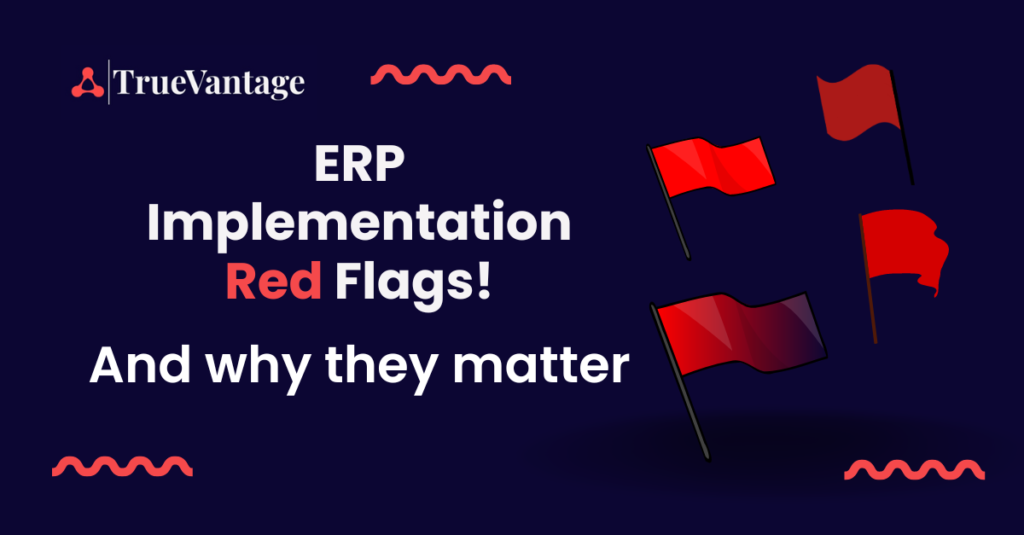When managing an ERP implementation, staying vigilant for warning signs can save you time, money, and headaches down the line. Here are critical red flags to watch out for:
1. Lack of Issues Identified During UAT
What to Watch For: A smooth User Acceptance Testing (UAT) phase with few issues might seem like a good sign, but it can actually indicate that testing isn’t thorough or that the testers don’t fully understand the system. Comprehensive testing should expose a range of issues to be addressed before go-live.
Why It Matters: Inadequate testing can lead to post-go-live disruptions, requiring costly and time-consuming fixes that could have been avoided with more rigorous UAT.
2. Delayed Data Migration
What to Watch For: If data gathering and cleansing are left until after the build phase, this could lead to significant delays and potential data quality issues just before go-live.
Why It Matters: Data is the backbone of any ERP system. Rushing or underestimating data migration can cause incorrect reporting, poor decision-making, and even system failures. Starting this process early is key to a smooth transition.
3. Client Team Disengagement
What to Watch For: If your internal team isn’t actively participating in key phases such as requirements gathering or training, it might indicate that they are overwhelmed or not fully invested in the project.
Why It Matters: The success of an ERP implementation hinges on the engagement of those who will use the system. Lack of involvement can lead to poor adoption rates and a failure to realize the expected ROI.
4. Unclear Design Documents
What to Watch For: Ambiguous or overly complex design documents (like BRDs or process flows) can lead to confusion and misaligned expectations.
Why It Matters: If the design isn’t clear to your team, you risk delivering a system that doesn’t meet business needs, leading to costly rework and project delays.
5. Lack of Early System Access
What to Watch For: If your team hasn’t had the opportunity to use the system by the time you’re deep into the build phase, there’s a risk that the system won’t meet your business requirements.
Why It Matters: Early hands-on experience allows your team to identify misalignments before they become too costly or time-consuming to fix, ensuring the system is ready for go-live.
6. No Integrated Project Plan
What to Watch For: Without an integrated project plan, the dependencies between tasks and the scope of work may be unclear, especially if multiple vendors are involved.
Why It Matters: Missing dependencies or a lack of clarity on the project scope can lead to unexpected time and cost overruns. An integrated plan helps manage these risks, ensuring all parties are aligned and the project stays on track.
By being aware of these red flags and addressing them early, you can significantly improve your chances of a successful ERP implementation. Vigilance, preparation, and engagement are key to avoiding pitfalls and ensuring a smooth transition to your new system.
#ERPImplementation #ProjectManagement #NetSuite #BusinessTransformation #RedFlags #EnterpriseSolutions #ERPSuccess #ChangeManagement #IntegratedPlanning

